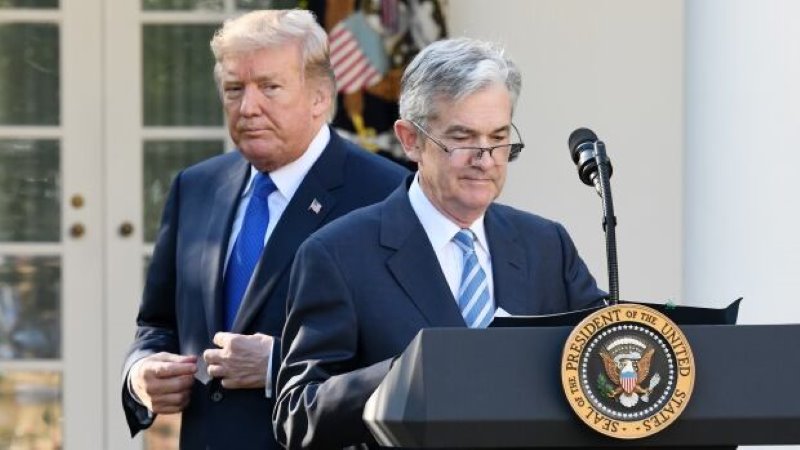Can Trump dismiss Powell: Donald Trump has resumed his attacks on the Federal Reserve, renewing pressure on Jerome Powell. On April 17, he stated that “Powell’s removal cannot come soon enough,” despite previously saying he would allow him to finish his term. Although he also considered removing him in 2018, Trump has reiterated that he would not reappoint Powell for another term.
Legal Obstacles to Removing the Fed Chair
Removing the Fed Chair is no easy task. By law, governors—and thus the chair—can only be removed “for cause.” Additionally, stripping Powell of the chairmanship without removing him as a governor would not automatically exclude him from the influential Federal Open Market Committee (FOMC), whose leadership is determined internally.
Litigation and Executive Pressure
At the same time, the Trump administration is backing lawsuits that challenge the Fed’s independence, contesting legal precedents set in 1935. The conservative movement “Project 2025” is scrutinizing the doctrine of independent agencies, and Trump plans to challenge it. If he returns to power, Trump is expected to ask the Supreme Court to overturn this legal framework. The doctrine limits presidential control over certain agencies, which Trump views as a barrier to his authority. His push to overturn it reflects ongoing tensions over the balance of power between the executive and independent institutions.
Presidential Power Over Key Appointments
The main area where a president has leverage is in appointing vacancies to the Board of Governors. Although Trump appointed Powell in 2018, his term as chair ends in 2026. If Trump wins the election, he could again shape the board’s composition.

Federal Judge Considers Charging Trump Officials with Criminal Contempt
A federal judge in Washington has determined there are sufficient grounds to evaluate criminal contempt…
Historical Tensions and Presidential Parallels
Trump is not the only president who has pressured the Fed. Lyndon Johnson and Richard Nixon did so as well, though by different means. During his first term, Trump verbally attacked the Fed for maintaining high interest rates, a stance he has repeated during his second campaign.
Executive Order and Banking Oversight
On February 18, Trump signed an executive order requiring the Fed to submit regulatory changes to the Executive Branch for review—excluding monetary policy decisions. In March, he again criticized the Fed’s inaction and called for immediate rate cuts to counter inflationary effects.
Elon Musk and the New Department of Efficiency
Elon Musk, tasked by Trump with leading spending cuts, has also criticized the Fed. His DOGE initiative demands detailed productivity reports and has reduced staffing across multiple agencies. However, the Fed funds itself and operates independently from the federal budget system.


